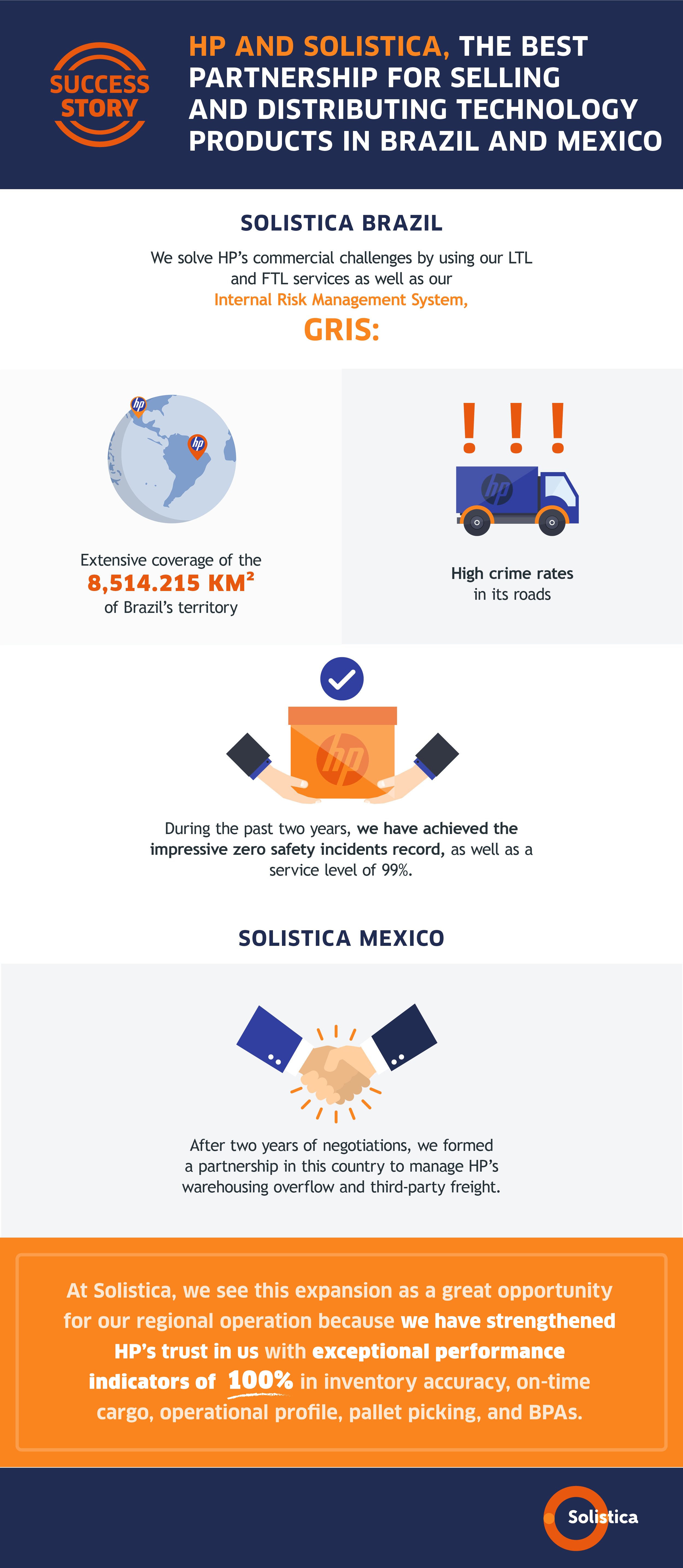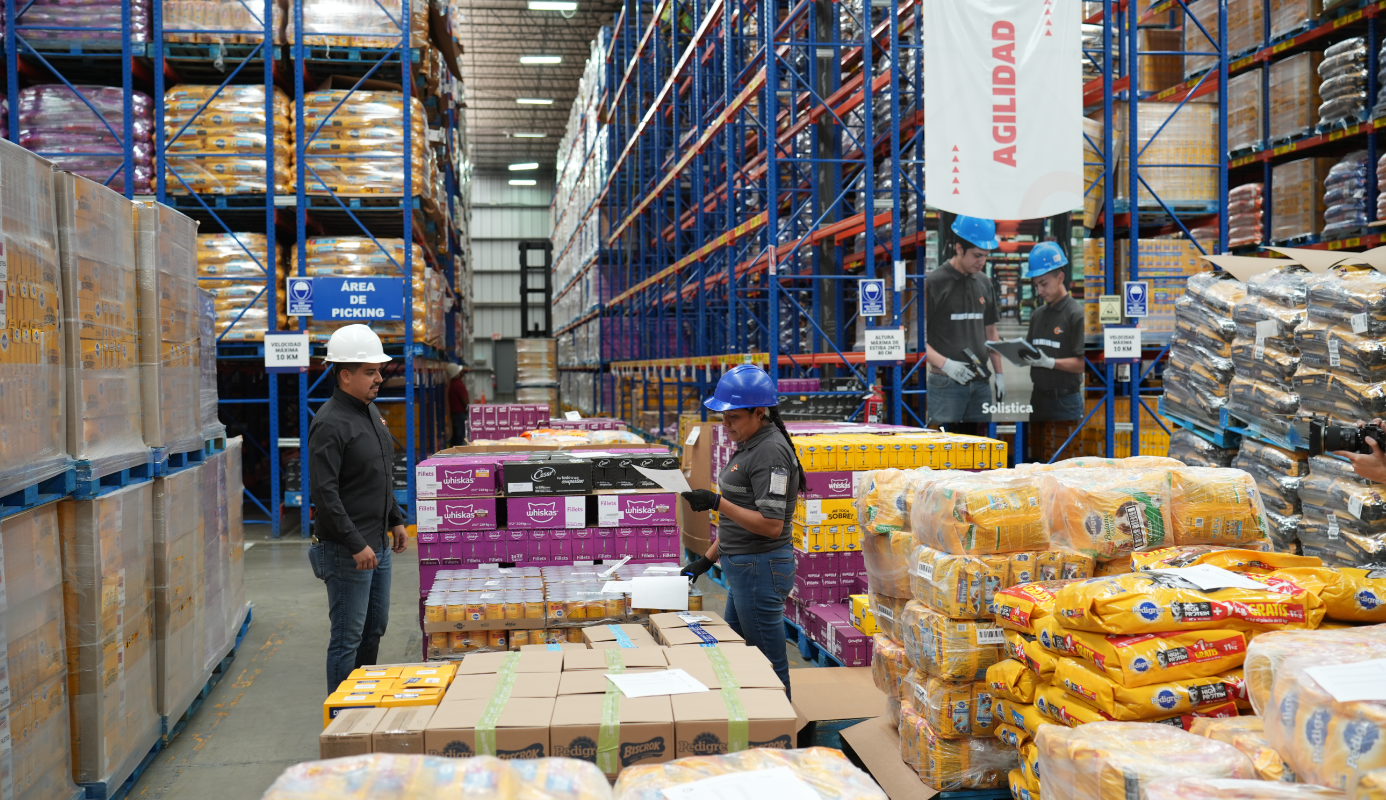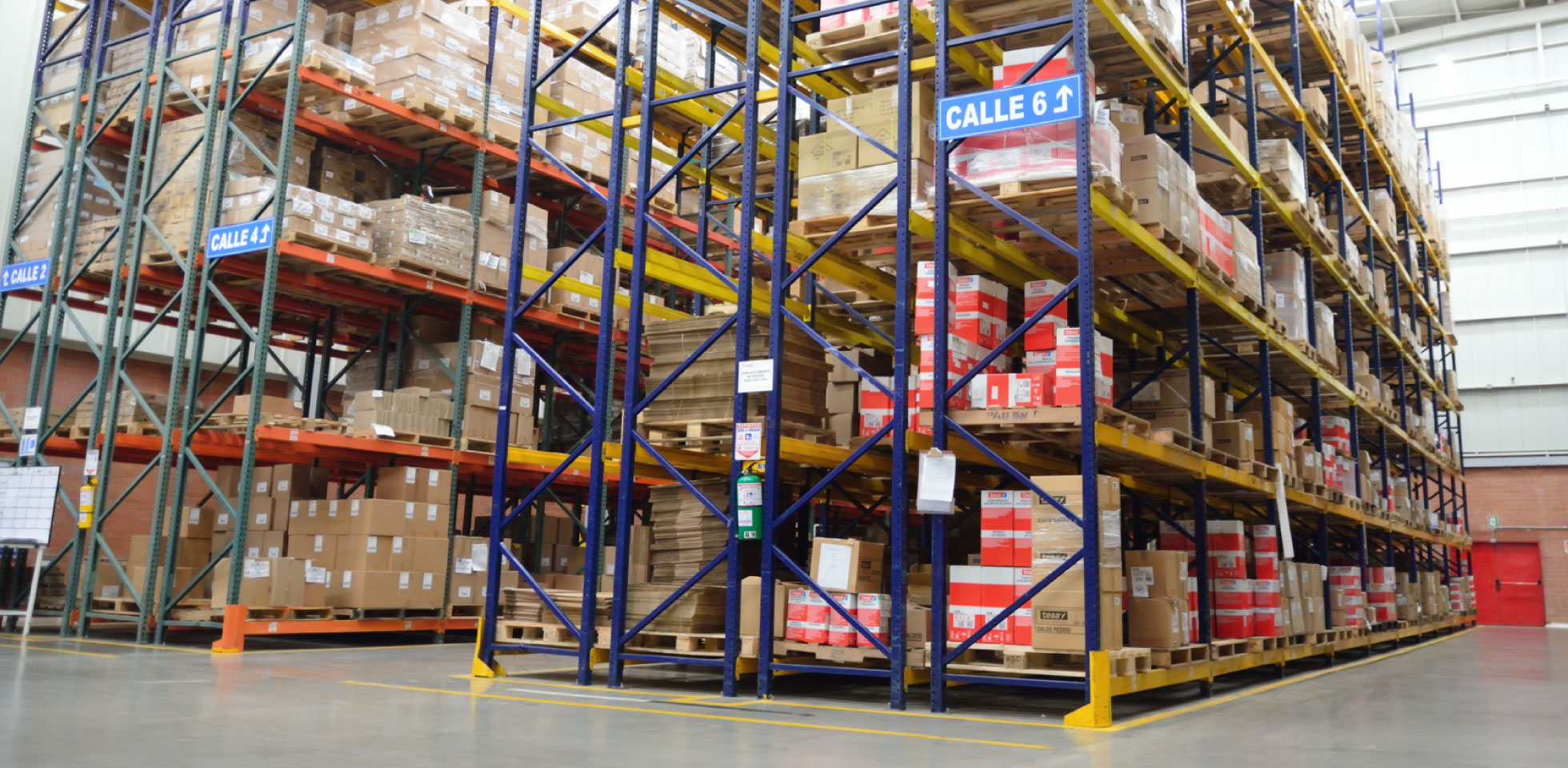E-commerce has boosted RFID technology in the logistics process because of the visibility and interactivity it provides, which translates into a better experience for the customer.
Radio-Frequency Identification (RFID) allows us to locate and monitor products automatically. Most versions consist of radio signals exchanged between an optical scanner or reader and a label. This data is also simultaneously broadcast from the cloud to the various distribution systems, aiming to provide real-time tracking and full control.
The retail industry began using this tool in 1999, albeit not in a massive manner because of the high cost of implementation compared to barcode labels. Little by little, RFID developers worked out this issue and were able to reduce its cost dramatically, which had a positive impact on sales.
Meanwhile, e-commerce has exponentially boosted the use of this technology that helps during the decision-making process regarding supply efficiency, inventory management, and transit and dispatch of goods.
Usually, companies that do not use RFID technology face issues caused by inventory contraction (caused by mistakes, damage, loss, or theft), inaccurate inventory information, picking errors, and transportation mix-ups. All these issues lead to others that affect the growth of business and the relationship with clients and prospective clients.

Radio-frequency identification can be used in different industries, including maintenance, pharmaceuticals, aeronautics, transportation, and hospitality, providing benefits such as:
- More accurate positioning.
- Better control over merchandise by knowing the statuses of products in real time.
- Improved visibility throughout the supply chain, including logistics companies and alternate warehouses.
- Optimal warehousing by reading the labels of shipped and delivered goods.
- Improved inventory management thanks to scanning at warehouse and recording payment processes.
- Return on investment close to 10%.
- Lower labor costs.
- The ability to perform inspections without physical exploration.
- Shorter times in warehouse and distribution centers’ registration processes.
- Merchandise transit management from remote centers.
- Optimization of internal processes such as the management of lots, dates, and properties.
- Fast labelling and packaging.
- Lower operational costs.
- Real-time reporting (big data) with guaranteed information.
All these benefits result in increased visibility in logistics, the highest productivity, and improved operational quality.
This is how RFID technology allows for the interconnectivity between suppliers and producers so they can offer consumers a better shopping experience as well as obtain the necessary information to secure better decisions in sales.
*This blog was originally published on August 10 2020 and modified on May 10 2022.







